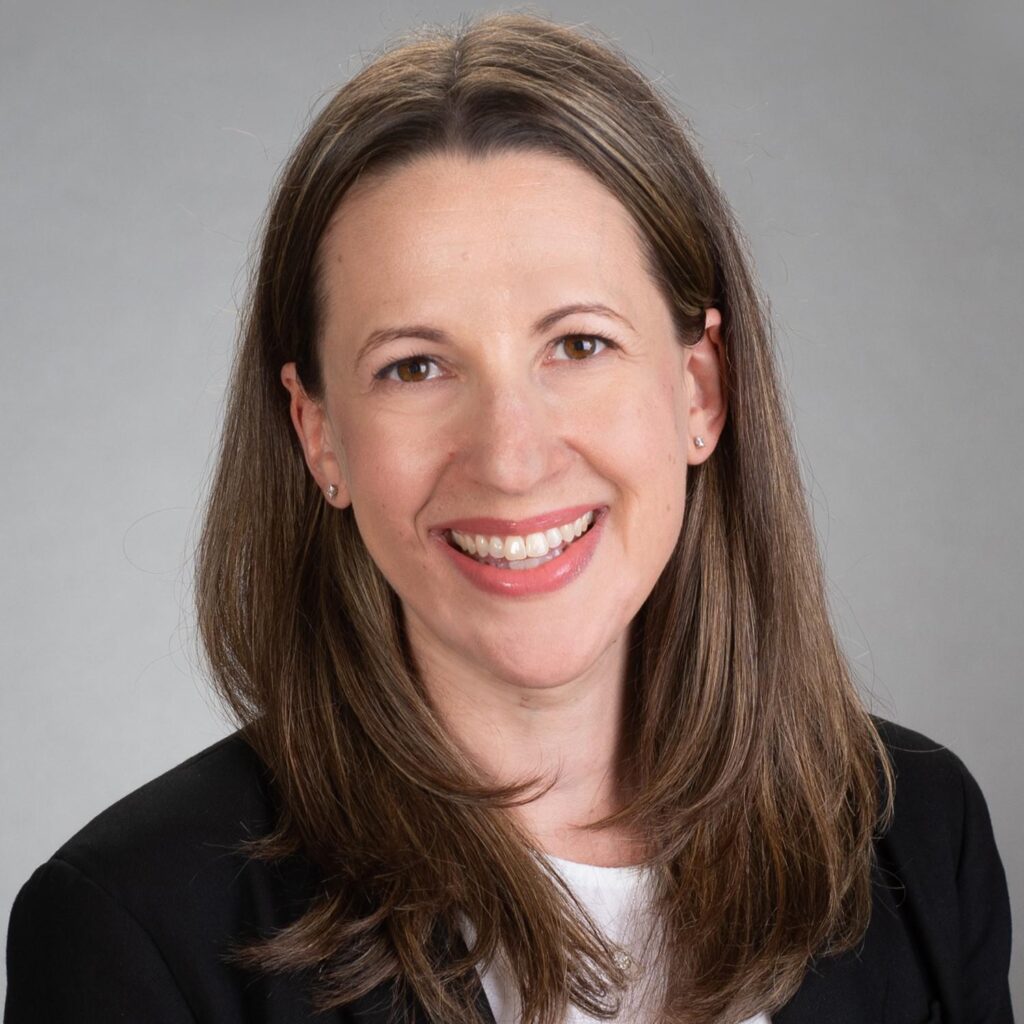What to Know About the Rise in Cancer Cases Among Younger People
Cancer deaths have declined over the years, but experts are working to understand why more people, especially women younger than 65, are being diagnosed with the disease.

While cancer deaths have decreased in the United States over the last three decades (dropping by 34%), cancer rates have risen in adults under age 65, according to a new report from the American Cancer Society (ACS). Besides the shift from older to younger adults, cancer is also impacting more women than men — women under 50 have an 82% higher incidence, up from 51% in 2002.
“This is unfortunately a national trend that we are seeing across the board [for different types of cancers],” says Dr. Natalie Berger, an oncologist specializing in breast cancer at NewYork-Presbyterian Hudson Valley Hospital. “We have hypotheses as to why we think the increase might be happening, but more research is underway to figure out why.”
In the U.S., cancer is the second-leading cause of death. The ACS report estimates that there will be 2 million new cancer cases in 2025 overall and 618,120 deaths.
Disparities also remain – Black and Native Americans die from certain cancers at rates two to three times higher than white Americans, according to the report. “We know that it is not a one-size-fits-all-approach and we are working hard to address health disparities, such as by ensuring there are diverse populations in clinical trials,” adds Dr. Berger. “This enables us to see how treatments are working for everyone.”
Rise of Cancer in Women
The latest study shows that more women than men are being diagnosed with cancer — those in middle age now have a slightly higher cancer risk than men, and young women are nearly twice as likely to be diagnosed with the disease. Breast and uterine cancers, which primarily affect women, are two types of cancer that are on the rise in people under 65. Others include colorectal, melanoma, and pancreatic cancer.

From 2012 to 2022, there was a rise in breast cancer incidence by about 1% a year, mostly in women under 50 and Hispanic or Asian American and Pacific Islander women. “As oncologists, we have seen a rising number of young patients with a diagnosis of breast cancer,” says Dr. Berger. “Now, the data from ACS is showing us that it is not just a trend that we are seeing in our clinics.”
The increase is driven by more diagnoses of localized-stage cancer (when cancer is only in the breast and has not spread to other parts of the body) and hormone receptor-positive disease, the most common type of breast cancer that we see, explains Dr. Berger. “This type of cancer is fed by estrogen and progesterone in our bodies,” she says.
Alcohol consumption, which has become more prevalent in women younger than 50 years, obesity, and a drop in fertility rates may also be contributing factors to the rise in breast cancer rates. Women are starting to conceive later in life or are choosing not to have children, and we know from research that childbearing before age 30 and breastfeeding are protective factors against breast cancer, says Dr. Berger.
For lung cancer, cases have declined in the past decade overall, but the drop has been slower in women, likely due to cigarette habits, according to the study. In 2021, incidence in women surpassed that in men and people younger than 65 years, with around 15.7 cases per 100,000 women under 65 and 15.4 per 100,000 in men.
As for colorectal cancer, rates have dropped in adults 65 and older since the mid-1990s but there has also been an upward trend among people born after the 1950s, some of who are now in middle age. “It has risen by 0.4% per year in people 50 through 64 years, and by 2.4% in those under 50 also between 2012 and 2022,” says Dr. Joel Gabre, a gastroenterologist at New York-Presbyterian/Columbia University Irving Medical Center. “The concern is that the consistent, annual increase is stark.”
“Advances in treatment including the introduction of new immunotherapies and targeted therapies are helping to improve outcomes,” says Dr. Gabre. “These advances are good for all patients. It means that if they do get diagnosed with cancer, there are more options.”

Dr. Joel Gabre
The Importance of Screening and Prevention
While researchers work to understand the causes behind the rise in cancer rates, progress is lagging in cancer prevention, the report notes. Screening remains an effective tool to ensure that the disease is caught early.
“One of the preventive measures that we push for is screening, such as mammography to screen for breast cancer, colonoscopy for colorectal cancer or a low-dose computed tomography (LDCT) scan for lung cancer,” says Dr. Gabre. “More people are getting screened for colorectal cancer, which is helping to bend the curve downwards for mortality because we are catching cancers or precancerous colon lesions earlier.”
The U.S. Preventive Services Task Force recommends that people begin screening for colorectal cancer starting at age 45. Screening people earlier for any given cancer is usually determined by risk factors, such as family or personal history of cancer or other medical history. Patients who have a first-degree relative with colorectal cancer, such as a parent, screening is recommended 10 years before the age their relative was diagnosed or at age 40, whichever comes first.
For breast cancer, the task force updated screening guidelines in 2024, recommending that women begin getting mammograms at age 40. “Similarly, if a person has risk factors that puts them at a higher risk for breast cancer, they should screen earlier,” says Dr. Berger. Additionally, the Food and Drug Administration now requires mammogram centers to report whether people have high breast density – a risk factor for breast cancer – when people receive their mammogram results.
Compared to other forms of cancer, screening for lung cancer is low – around 4.5% of people eligible get screened, according to the American Lung Association. “Screening is so easy for lung cancer,” says Dr. Berger. “You are in and out of the scan machine in a few minutes, and it can detect lung cancer at an early stage while it is still curable.” Guidelines from the task force recommend screening people 50 to 80 years, who currently or formerly smoked, and have a 20-plus pack-year history. A pack-year is how many cigarettes smoked divided by years smoked.
Besides screening, studies have shown that about 40% of all cancer cases and deaths can be reduced by making modifications to lifestyle factors. Dr. Berger recommends maintaining a healthy weight, eating a nutritious diet high in fruits and vegetables, not smoking or drinking alcohol, engaging in physical activity, and wearing sunscreen.
Dr. Joel T. Gabre sees patients in the Gastrointestinal Cancer Prevention and Genetics Program at NewYork-Presbyterian/Columbia University Irving Medical Center and runs a laboratory dedicated to understanding the molecular mechanisms of gastrointestinal tumors. He is also co-director of the Early Onset Colorectal Cancer Program. Dr. Gabre is also an assistant professor of medicine at Columbia University Vagelos College of Physicians and Surgeons.
Natalie Berger, M.D., is an oncologist and hematologist and an associate director of breast medical oncology at NewYork-Presbyterian Hudson Valley Hospital. Dr. Berger is also an assistant professor of medicine at Columbia University Vagelos College of Physicians and Surgeons’ Division of Hematology and Medical Oncology.
Additional Resources
Learn more about cancer screening and prevention at NewYork-Presbyterian.
- For more information on services for younger people, visit the Early Onset Colorectal Cancer Program.
